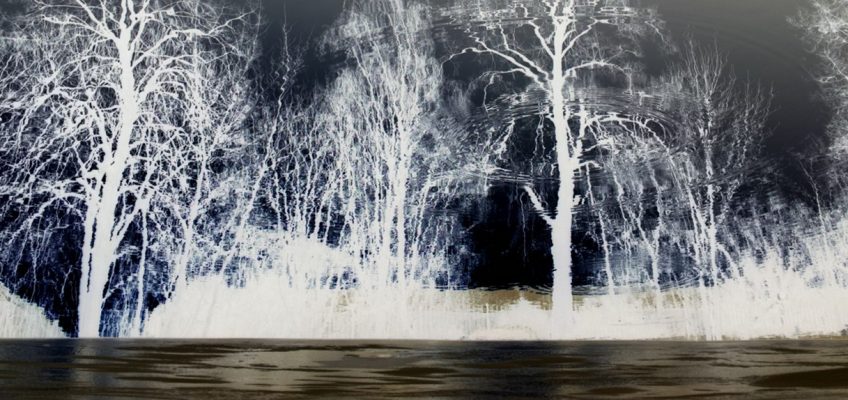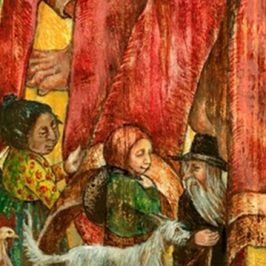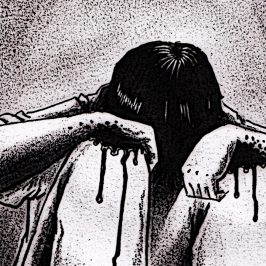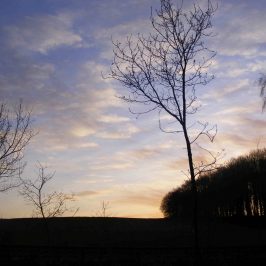The blog tour is a kind of online relay where different bloggers write about their work and writing process. By invitation from last week’s blogger and artist, Emily Wilkinson, I’ve been thinking about how to put my different processes of writing into words.
1) What am I working on?
At the moment I am writing up my thesis which has been a more than two year long exploration with the Dark Mountain Project, a cultural response to the lack (but flowering) of writing, ideas, art and forms of living which deal with the prospect of a future which is turning out different than our parents and grandparents expected.
But I also occasionally do interviews, write about cultural expressions of time, contribute to other blogs, and maintain my own.
In collaboration with Emily Wilkinson, who writes poetry with objects and kindly invited me to participate in this blog tour, I’m in the process of doing a filmpoem which grows out of our conversation about lines of flight, belonging and journeying. This has been an absorbing discovery of blending different media and seeing Berlin, where I’ve just moved, in inverted colours.
I hope I can sustain this kind of work and find ways and time to turn my research and writing over the last couple of years into something different.
2) How does my work differ from others of its genre?
I think what makes my work different (although this is of course difficult for me to judge) is a deep interdisciplinarity in the approach to what I make. I find it hard to stay within boundaries and tend to connect things up in ways that I’ve not experienced for myself before. I like to blend different styles and media, including photography, film, interviews, essays, poetry, and soundscapes.
I try to build as much transparency into my research as possible, so I publish a lot of the material produced in the process and develop my interviews in mutual dialogue with interviewees. I think so-called online research methods are a promising and powerful way to introduce a radical openness into social research.
Because I’ve come to writing through different avenues what I write is also hard for me to pin down. It’s perhaps easiest to describe it as part of my own sense-making in a time where a lot of the concepts and explanations I grew up with seem to be failing.
3) Why do I write what I do?
Partly because it is my job for a little while longer and partly out of equal measures of curiosity and indignation.
Why write anything at all? Sometimes I’m not so sure. I guess what compels my writing is the wealth of stories about the 21st century which just don’t fit the standard narratives about the future but too easily drown in the density (and manipulation) of information. I’m attracted to stories which have a quality and power to shift the frames of reference or ways of seeing.
4) How does your writing process work?
It depends on that I am writing but when it works best it starts with finding a space where I can sidestep intentions and approach what I write about by glancing at it. From there I allow it to take form by going in circles back and forth between perspectives until a motif emerges that I can then write around. It’s kind of like falling into a blank landscape where features move gradually into focus as I write and rewrite the text.
At the moment I spend the majority of my waking hours writing my doctoral thesis, so the process also involves a lot of tea, hours, notes, drafts and more drafts plus some yoga to counterbalance too many hours of sitting.
I came to this kind of blogging through my research and an invitation on another blog, The Place Between Stories which is written and curated by Cat Lupton, to share my reflections on learning how to live with being in midair. Our exchanges, collaborations and conversations have been an important influence for me, so I am very pleased to pass on the blog tour baton to Cat next week.
Another thinker, blogger and examiner of life who has been important to my online journey is Andrew Taggart whose approach to dialogue came to affect my research in ways I had not expected when we first met. Andrew has also kindly agreed to share some reflections on his own writing process next week.
So, without further ado, tune into Cat Lupton and Andrew Taggart’s blogs on Monday for the next stops on this tour:
Cat Lupton is an artist, writer and space holder, who’s interested in exploring edges, liminal and transitional states of being, and places between stories. She is about to move to Glastonbury from Ullapool, where she has recently completed the Bridge House Art winter Portfolio Course.
Andrew Taggart is a Ph.D.-trained philosophical counselor who teaches individuals and organizations throughout the US and Europe how to inquire into the things that matter most. A former resident of New York City, he now leads a simpler, more contemplative life among the gentle Joshua trees of Southern California. To learn more about philosophy as a way of life, you can visit his main website.






Draget – A photo-essay
Draget, the small strip of coastline on Thy where my family’s summerhouse is tucked away...